The content of the article
I wonder why the avocado is ripe and the mango is ripe? Like fruits both. But the great and mighty at times turns into such jungle that famous philologists clutch their heads. Let's not be like them and leave the first question. The agenda is another topic. How to choose a mango?
This problem is sometimes more urgent to clarify the genera and endings of foreign words. There are several important signs by which it is sufficient to simply determine the most delicious and sweet fruit.
Color is not an indicator
Yes, choosing a mango, focusing on the color of the rind, is considered to be absolutely useless. For in the world there are more than 30 varieties of mango, which are cultivated for food. Not necessarily the color of the peel is red or orange. It can be pink, plum, green and even almost black.
Therefore, coming to the store or to the market for a wonderful overseas fruit, we completely forget about color assumptions. There are other options for this.
Council If, during a visual inspection, you find several dark dots on a mango, this should not confuse you. Everything is within the normal range. But the scratches or holes on the skin should make you refuse to buy such a fruit. The fact is that with a huge content of fructose, any damage causes the mango to deteriorate on the second day. Do you know at what stage of transportation the fruit was scratched or pierced?
Choose a mango in shape and size
Everyone knows that the most fruit in shape should resemble an American football ball. It is right. But there are variations, from practically flat to almost spherical. Now, if you see a plump mango that looks like a ball, then give preference to it.
Elongated and flat fruits are an indication that they did not gain the necessary mass. And it is unlikely to be sweet and juicy.
Choosing the right mango ... by touch
In order not to be mistaken and not to bring home an inedible wooden thing, just touch any fruit you like.Feelings should be such as if you took a peach. Pleasant velvety skin, but smoother. Sometimes with obvious brilliance.
The second step is to estimate the weight of the mango in your palm. A full heavy fruit is what a ripe fruit should be. No, of course, not like a brick. But so, you know, thoroughly weighty.
The third sign is elasticity. Gently hold the mango on the palm, and with the fingers of the same hand gently press on the skin. No, you do not need to poke your index finger with all the dope! If the fruit is overripe, then the whole stinking fermented slurry under your pressure will be on you and others.
Council The correct ripe mango should be very small when pressed, and almost immediately slightly spring back.
If the pulp does not give in to your efforts at all, then you should not put such fruit in your basket. He was ripped off on a plantation heavily immature. And without special conditions, it is unlikely to become delicious with a wondrous smell. This is not a banana, which is sown from a nearby apple or at room temperature. Overseas capricious need special factors for maturation. Well, or the opportunity to reach the tree.
The other extreme is flabby skin, which spreads from almost a single touch. Dent on the pulp not only does not come back, but strives to spread itself. Such a mango is already overripe. If he didn’t have time to ferment, it’s still impossible to enjoy him. It will taste like a pumpkin: loose, slurred, without impressions.
Council Never hesitate. Touch, feel, inspect the mango. And do not listen to the assurances of sellers. Believe only yourself. After all, not every day you buy such a fruit. So why waste your money?
Choosing a mango - 100% method
Of course, all signs are easily remembered and understood. But none of them gives a full guarantee that you still choose high-quality fruit. However, there is a method that always works. Still no misfire. Checked by numerous reviews. This way is to choose mangoes by smell. It is only necessary to take the fruit and smell it at the stem. There are only three options for the development of events:
- Mango is overripe. The smell is weak, gives more chemical taste. There are light notes of pineapple with a subtle admixture of sweetness.To feel it, you need to practically stick your nose into the skin.
- Mango overripe. The smell is very sharp, with a strong sour subtone. Most often the notes of fermentation, vinegar with a clear manifestation of alcohol aroma. It smells from afar, strong and unpleasant.
- Mango perfect ripeness. The smell is palpable, but not sharp. A mixture of notes of pineapple, melon, peach, pine resin and carrot tops. Some varieties smell turpentine, but not nasty. The sweetness of the aroma is clearly felt, which causes the desire to bite off a piece of fruit right away.
Here is the description of the third item you have to navigate. Even if you never knew the smell of the right mango, we assure you: having felt it at least once, you will immediately understand what was being said.
Experienced people say that the “smell” method of fruit selection is the most reliable. After it, you can safely brush aside the other signs of ripeness of the overseas guest.
By pulp
That's when you go to India, Mexico, Thailand, Spain, Pakistan - then the seller will give you as many mangoes as you like, just to please you. In all other cases, you can assess the condition of the mango pulp only after purchase. Therefore, this method of determination is not suitable for selection.
How to choose a mango? We found out that this is best done by smell. Let your sense of smell never deceive you in order to always feast on the most magical fruits of perfect ripeness.
Video: how to choose a juicy mango fruit in the store

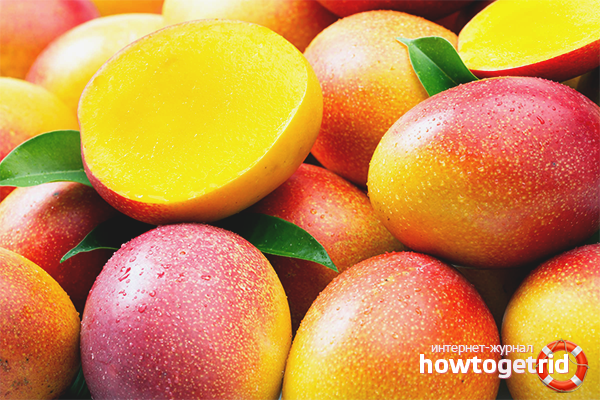
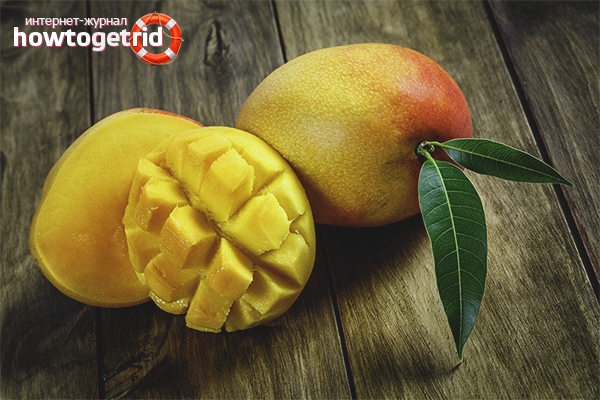

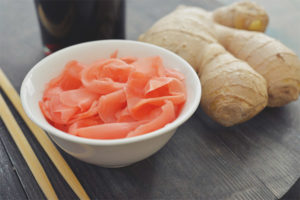
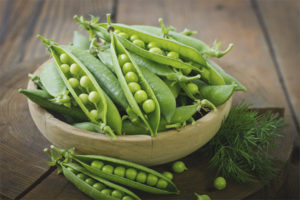

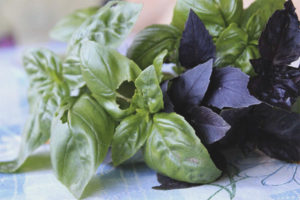
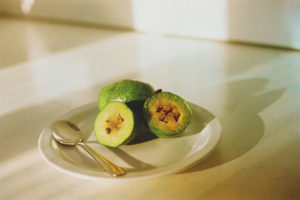
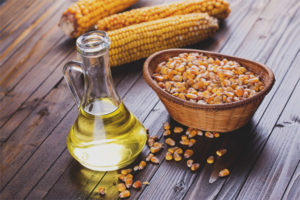
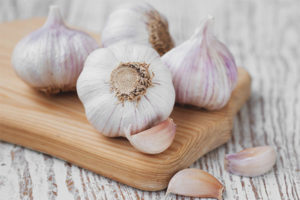
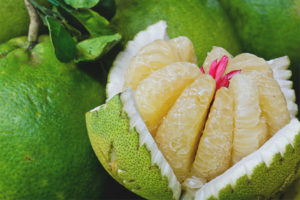
To send